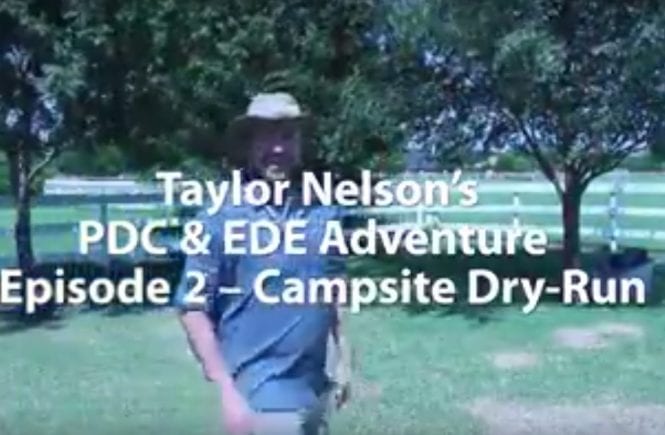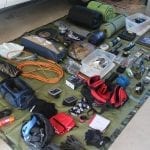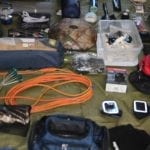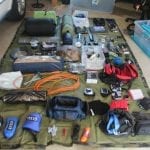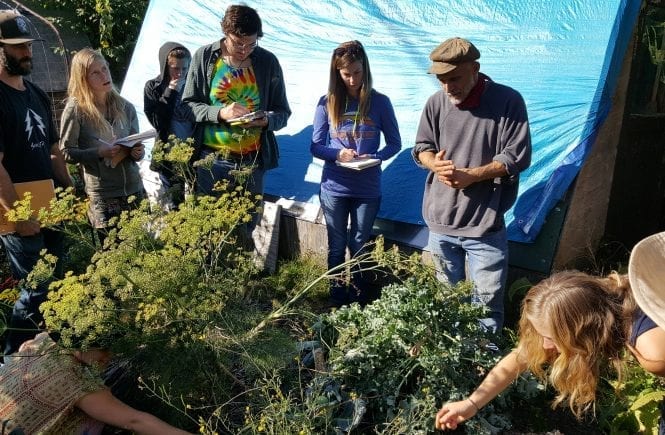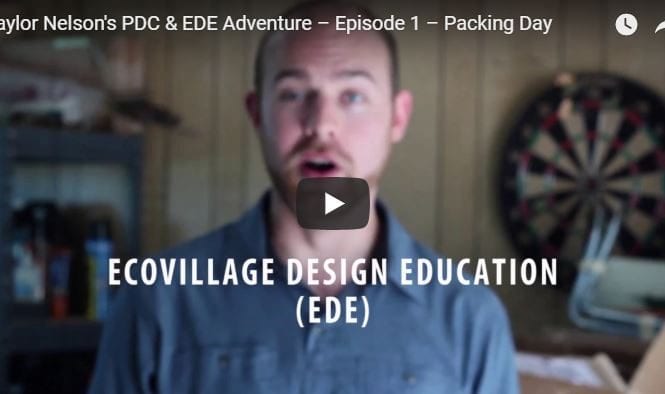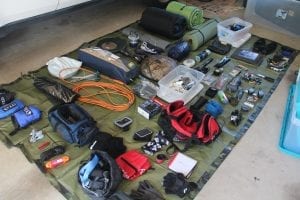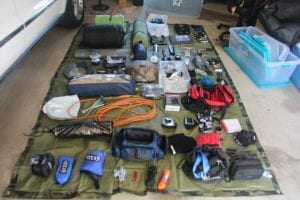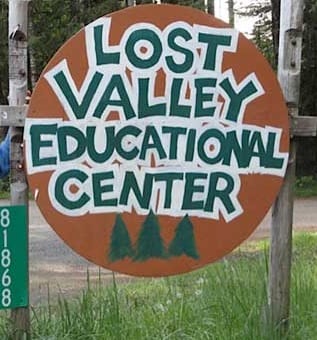Only a few people have heard what my dream goal is in person, so I’m taking this time to put it into context with some helpful visuals.
Over the past few months, I have been researching permaculture sites, existing and failed ecovillages, intentional communities around the world, and ecotourism business models that would direct how I reach designing a permaculture based community. From what I have found so far, my best two options are – 1) A multi-generational cohousing community or 2) An ecovillage resort offering vacation rentals and vocational training.
Option #1 – Multi-generational Cohousing
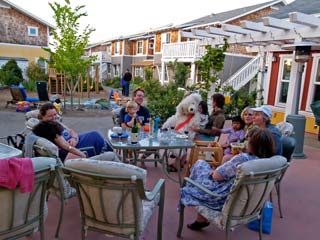
According to Cohousing.org, “Cohousing communities are intentional, collaborative neighborhoods created with a little ingenuity. They bring together the value of private homes with the benefits of more sustainable living. That means residents actively participate in the design and operation of their neighborhoods, and share common facilities and good connections with neighbors. All in all, they stand as innovative and sustainable answers to today’s environmental and social problems.”
This movement started in Denmark and is still a very practical way of living in that area, and is very similar to how rural villages function across the world. However, today’s urban development trends in the U.S. are primarily driven by the baby boomer generation, with many younger families searching for support and community to raise their children.
Considering this under-recognized, yet soon to be realized trend in the U.S., makes this option a very viable one to house aging baby boomers while providing younger generations with support and role models for less disconnected development (i.e. smartphones, computers, processed foods)
Option #2 – Ecovillage Resort
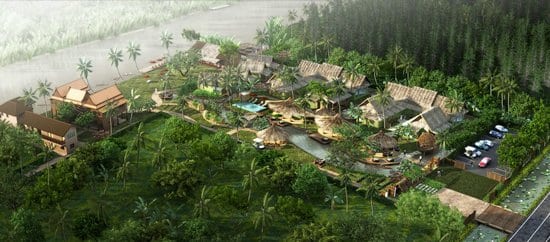
The ecotourism travel trend is growing, and as seen in the Huffington Post’s article, “Eco-Resorts: The World’s 10 Most Relaxing Destinations For Sustainable Tourism,” they are located around the world and cater to various travel lifestyles.
This option would use sustainable building mixed with permaculture to feed guests on vacation, but also provide vocational training to the disadvantaged or individuals in transition (i.e. homeless families, returning veterans, local natives). Modeling an ecovillage resort in this fashion will create positive impact in the environment, local economy, workers, as well as guests who would ideally share their experience and make proactive strides to be more conscious about their actions.
One specific example is the NALU boutique hotel in Costa Rica, as profiled by Inhabit.com. Although the structures are not fully sustainably built, the modern and open design makes for a luxury site.
I’m still open to consider other ideas and concepts as I learn and explore, but these two options seem to be the best for business and for people.

